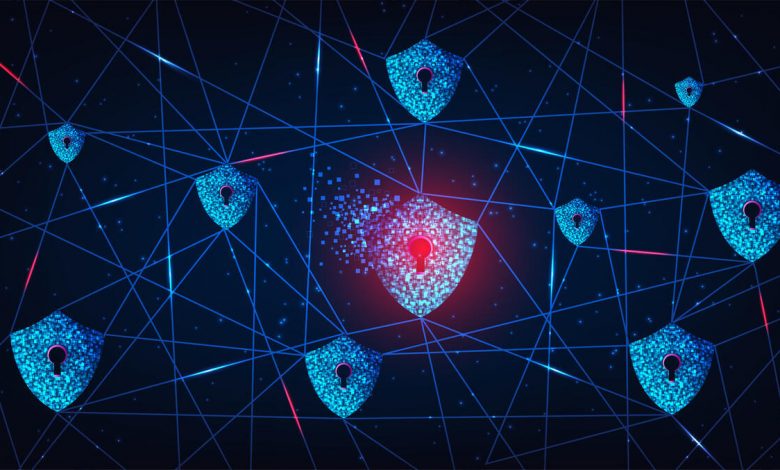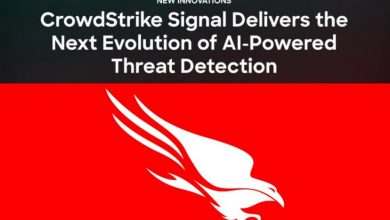Acronis Takes Action To Battle Rising Cyber Threats in Asia and Debuts EDR Solution and Talent Development Programme

In the game of cat and mouse that is global cybersecurity, Asia has long been the hunted, not the hunter. In the first quarter of 2023, the region emerged as the primary target for cybercriminals, with South Korea, Singapore, and Taiwan leading the inglorious ranking of countries most affected by malware attacks. This alarming revelation was shared by Kevin Reed, Chief Information Security Officer (CISO) at Acronis, during the recent Acronis EDR launch media briefing.

As we roll into the halfway point of 2023, the global malware detection rate stands at a whopping 8.5%, meaning every 12th endpoint protected by Acronis blocked at least one malware in April. However, certain Asian countries have been the victims of an even higher attack rate: between 20% and 25% in South Korea, Singapore, and Taiwan. The land of the rising sun, Japan, while still above the global average, is on the path to reducing its number of attacked workloads. Australia and New Zealand, surprisingly, fare the best in APAC, approximately aligning with the global average.
And the bad news doesn’t stop there. South Korea, the Philippines, and Japan are the leading nations in Asia for ransomware detections, with Acronis blocking an eye-watering 187 ransomware attacks daily on the endpoint, even after passing through pre-existing defences such as emails, firewalls, and antivirus signatures.
With an increasingly interconnected world, URLs have become another common method of entry for cyber threats. Singapore reported the second-highest number of blocked URLs globally, at 14%. However, the crown for the highest normalised numbers of blocked URLs in Asia went to the Philippines, with 15% of all endpoints protected by Acronis blocking at least one URL in April 2023.
A Digital Battlefield: Fending Off the Dark Web Criminals
As Eric O’Neill, a former FBI Counter-Intelligence Operative, discussed during the media briefing, the world finds itself in an escalating cyber warfare landscape, an ongoing battle with cybercriminals, dark web syndicates, and malicious actors operating with impunity. According to O’Neill, this predicament traces back to an unexpected pressure point – the global pandemic.
The shift to remote and hybrid work environments forced by the pandemic didn’t merely alter our everyday routines. It accelerated the adoption of cloud-based technologies, redefined work dynamics, and exposed fresh vulnerabilities within our interconnected global networks. This sudden pivot was faster than security preparedness, leading to an influx of cybercrimes, with the dark web becoming a digital pirate island.
Against the backdrop of this transition, two crucial trends surfaced. First, the global workforce’s reliance on technology surged, thus opening more avenues for cybercrime. Second, criminals, both petty and sophisticated, found an easier way to exploit trusting individuals within the anonymity of the internet.
The economic impact of cybercrime has been stark, as shown by a rapid increase in cyber attack reports. In 2020 alone, cybercrimes resulted in USD $4.2 billion in losses, with 800,000 internet crime reports lodged with the FBI. As the years progressed, this figure escalated, reaching USD $10.3 billion in losses last year. Projected losses for 2023 stand at a staggering USD $15 billion.
On a global scale, the cost of cybercrime in 2021 was a massive USD $7 trillion, constituting a dark web economy rivalling national GDPs. If current trends continue, by 2025, this figure could surpass USD $12 trillion annually, making cybercrime a threat to the world economy.
Innovation in Malice: The Weaponisation of AI
On the darker side of innovation, cybercriminals have harnessed cutting-edge technologies such as AI to enhance their operations. From scaling ransomware attacks to crafting sophisticated phishing emails, these criminals have developed novel attack vectors that bypass traditional cyber defences.
Ransomware, in particular, has become their favoured weapon, causing widespread damage and fetching enormous ransoms. The average cost of recovery from a ransomware attack in 2022 was around USD $4.5 million, not including the ransom payment itself. This figure underlines the scale of the crisis we’re facing.
The critical component in combating this escalating threat lies in transforming our approach to cybersecurity. We need to think more like spy hunters than just cybersecurity specialists. Central to this transformation is the adoption of Endpoint Detection and Response (EDR) systems.
EDR works by moving security as close as possible to the user, providing immediate threat detection and response capabilities. These systems employ AI and analytics to identify potential threats, lock down compromised endpoints, and prevent the further spread of the attack.
With EDR systems at the forefront, O’Neill believes we can enhance our defences and instil a zero-trust policy, fortifying our stance against the wave of cybercrimes threatening our interconnected world. As we step into an era defined by remote and digital-first operations, investing in advanced security protocols such as EDR is not just advisable but critical for safeguarding our digital realm.
The Big News
The big news for Acronis at the meeting was the action the business is leading to buck the trend. The first step is Acronis Advanced Security + Endpoint Detection & Response (EDR), designed to simplify workflows and streamline operations for managed service providers. With AI-based attack analysis and a wealth of out-of-the-box recovery options, the solution integrates seamlessly with Acronis’ Cyber Protect Cloud. The aim is to encourage the mass adoption of advanced security capabilities and make it easier for businesses to fortify themselves against the growing threat of cyber attacks.
In addition to the launch of the EDR solution, Acronis is also tackling the pressing issue of the cybersecurity talent gap. With the launch of SOC Amplify, a 100-hour training programme, Acronis aims to furnish individuals with the skills and knowledge they need to become proficient SOC (Security Operations Centre) professionals. This programme is designed to close the global cybersecurity talent gap, which currently stands at a staggering 3.4 million professionals.
By raising a new generation of skilled cybersecurity professionals, Acronis aims to arm Asia with the knowledge and tools necessary to reverse the worrying cyber threat trends in the region. The combined deployment of the advanced EDR solution and the talent development program demonstrates Acronis’ commitment to creating a safer and more secure digital environment for all.
Roll in A More Secure Future
The battle against cyber threats is a marathon, not a sprint, and Acronis is actively putting in place the pieces necessary to withstand the onslaught of cyber attacks in the long run. With its newly debuted EDR solution and commitment to talent development, Acronis is leading the charge in creating a safer digital future. The task is monumental, but the fightback has begun in earnest. In an otherwise bleak digital landscape, we have a blueprint of optimism thanks to the use of technology, the encouragement of talent development, and the promotion of preventative actions. It is an ambitious undertaking, yet one that is indispensable in today’s hyperconnected world.




